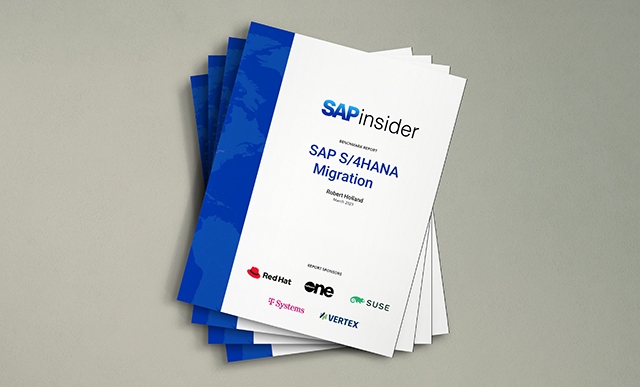Charting an Automated Course through the S/4HANA Labyrinth
Meet the Authors
Key Takeaways
Transitioning to S/4HANA is critical yet challenging due to intricate tasks and potential disruptions.
Red Hat's Ansible Automation Platform streamlines tasks, reducing errors, easing IT burdens and expediting the migration process.
Automated processes result in faster deployment and a smoother transition to S/4HANA while encouraging innovation.
SAP users stand at the crossroads of a transition that becomes more essential as each year passes – the migration to S/4HANA. This move promises heightened capabilities and alignment with SAP’s support roadmap. Yet, this migration journey is far from a walk in the park, laden with challenges that demand unique and strategic solutions.
At the forefront of these challenges lies a labyrinth of tasks – configuring infrastructure, data replication, validation and workload transition to name a few. Manually handling these tasks is a perilous climb – often resulting in errors, inconsistencies and potential downtimes that disrupt critical business operations.
S/4HANA migration is a resource-intensive process, consuming large amounts of time and effort from already stretched IT teams. The exhaustive nature of these tasks not only strains existing resources but also diverts focus from other pressing business imperatives -ultimately stifling innovation.
Explore related questions
In the midst of these challenges, Red Hat’s Ansible Automation Platform streamlines migration efforts by automating intricate processes like infrastructure configuration, data replication and workload redirection. This significantly reduces the margin for manual errors, ensuring a smoother transition.
By automating these migration tasks, the platform alleviates the burden on IT teams and accelerates the process to effectively reduce time and resources, allowing teams to refocus efforts on innovation and strategic business initiatives.
Red Hat estimates that automation leads to a 55 percent increase in server resource deployment speed and a 66 percent faster storage deployment, expediting the migration timeline. Furthermore, it results in 53 percent less unplanned downtime and a 34 percent shorter mean time to recovery (MTTR), ensuring a more robust and stable SAP environment post-migration. And yes – faster and higher ROI during S/4HANA migration efforts.
Additionally, automation introduces standardized procedures, elevating the reliability and consistency of the SAP environment post-migration. Acting as a safeguard against vulnerabilities, it significantly minimizes unplanned downtimes, ensuring uninterrupted business operations.
By simplifying processes, solutions of this nature pave the way for a smoother transition to SAP S/4HANA. In doing so, it aligns businesses with future-ready SAP technologies, ensuring they remain competitive and agile in an ever-evolving landscape.






